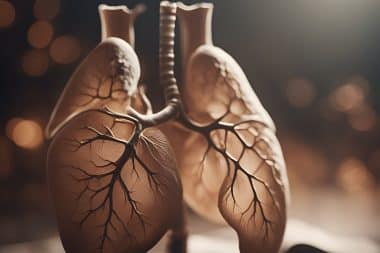There are few diseases which cause such a sense of dread as flesh-eating disease or necrotizing fasciitis. As we have seen in the media recently, it attacks suddenly, very fast, and it is deadly in 73 percents of cases if not treated immediately. While we are following the faith of a young girl from Georgia who is currently undergoing a series of operations and amputations in order to stay alive, knowing some basic facts about this horrific disease can make the difference between the life and death of someone dear to us.
What causes flesh-eating disease?
Flesh-eating disease, also called flesh-eating bacteria syndrome is a bacterial infection of the skin and subcutaneous tissue. There is a range of bacteria which can cause flesh-eating disease: Streptococcus pyogenes, Staphylococcus aureus, Vibrio vulnificus, Clostridium perfringens and many others. The most common is Streptococcus A ” “ the same bacteria that causes strep throat.
Flesh-eating bacteria do not actually “eat” the flesh, but release a range of toxins and cause complete system shock, known as toxic shock syndrome.
While very virulent and deadly, most of bacteria respond to the treatment with antibiotics. There are some new therapies that are showing promise, such as Hyperbaric Oxygen Therapy.
It is also important to be aware that the disease is very rare – according to the CDC, about 600 people contract flesh-eating disease each year.
Who is in danger?
Most people – about 70 percents ” “ who contract flesh-eating disease are in some way weakened. Or their immune system has been suppressed, or they have diabetes, some chronic systemic disease or are alcoholics. In some rare cases it attacks people who are apparently perfectly healthy.
The bacteria enter the system at the site of a trauma of some kind ” “ even minor cut or a bruise.
How to recognize the danger
The biggest problem with flesh-eating disease is that it is often misdiagnosed and the treatment starts too late. If you feel very intense pain at the site of some minor skin cut or bruise or near it, this is the first sign of alert. If the tissue starts swelling very fast and you start vomiting and having diarrhea, go to the emergency hospital right away. In some cases, the skin turns purple and starts developing blisters. If the infection is deeper, such superficial signs might be absent, but many people develop fever. Everything about this disease happens very fast, so do not wait if you have any doubt that you might have flesh-eating disease.
Can we prevent it?
We can do the best we can with the perfect hygiene ” “ washing even the smallest cut with antibacterial soap at least. If we are having a strep throat, we might be endangering someone else ” “ keep your mouth covered when sneezing or coughing. Otherwise, if you think you might have flesh-eating disease and you doctor does not, make him prove it with an appropriate test. Most people die because they have been diagnosed too late or not at all.







